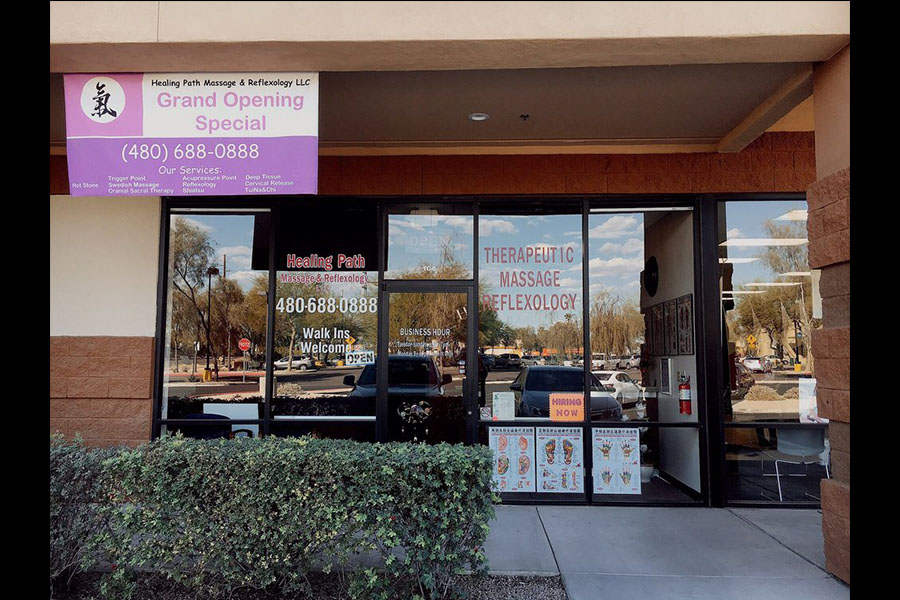Treatments of Osteopathy: A Study of the Myofascial Release Technique

Myofascial release is a well-known method of correcting muscular imbalances and soft tissue injury that has been recurring for a long time. This corrective exercise program targets chronic tension, weak areas, and efficiently eliminates tension over time. It also repairs damaged fascia. Since this kind of program is so efficient, it is utilized in the treatment of many injuries from sports and general stiffness and soreness. This program can also be used to help in the rehabilitation process following major surgeries.
MYOFAScial release: The most extreme. Traditional anatomic methods to stretch and strengthen fascia tend to ignore its primary obstruction to our study of muscles, tissues, tendons, vessels, and glands. Myofascial Release helps therapists consider myofascial techniques more than as a method of stretching and strengthening ligaments, but as an approach to release tension that is the primary reason for numerous injuries to the body and sport. It has been proven to be effective by thousands of athletes chiropractors, physical therapists, and other professionals across the world.
Myofascial therapy is preferred over manual therapy and other types of physical therapy. This treatment method reduces tension and removes any scar tissue or bone spurs. Manual therapy, though effective, takes a lot of time and requires several sessions. Manual therapy should be considered before any chronic or acute stressor. This is a typical treatment option for hip dysplasia as well as adhesive capsulitis (affecting hip joints) as well as other musculoskeletal conditions.
Regular myofascial releases in the UK can bring numerous benefits. These benefits include improved flexibility and less stiffness, pain as well as increased range of motion and mobility, less stiffness or tightness, as well as elimination from soreness. This technique can also be used to treat postural alignment issues as well as injuries to the sports, neuromuscular, neuromuscular, and fractures. Many people report feeling better rested and better athletic performance after the first treatment. Many patients report that they feel more rested and have a higher level of performance, without additional training.

The needle can be used to administer the treatment. The delivery method is typically by using massage oil or a compression piece or with a specialized "sizer" tool. Although no equipment is required however, a top-quality tapered fabric or mft may help to achieve a more complete myofascial relax. This method utilizes the natural muscle's ability to glide across the fascia. This allows for gentle stretching and improves flexibility.
Trigger Points Myofascial Relief is also called "rapid strain" or "hypervascular" massage therapy. This is the case when the length of the muscle is altered rapidly. This change can occur due to either a direct mechanical force such as repetitive movement, or a reaction to a stimulus like inflammation or irritation of the tissue. These trigger points are the reason for chronic pain and poor performance.
To allow the therapist to apply myofascial release, a compression garment must be worn. The garment should be tight enough to stop it from sliding across the surface of the skin, yet allow the fascia and muscles to move freely. The garment must also be made of adequate material and layers to manage the various painful areas.
During the actual myofascial release technique the therapist will use an ungloved hand and quickly move it along the leg, moving from the knee to the ankle and back down. They can focus on one leg at a time or two at one time. 출장안마,출장마사지 The therapist can also slide their fingers over the muscles. This technique can be used to improve mobility and reduce pressure at the point of origin. This is the most efficient method for osteopathy today.
